TMW #138 | The riddle of the real-time CDP
Welcome to The Martech Weekly, where every week I review some of the most interesting ideas, research, and latest news. I look to where the industry is going and what you should be paying attention to.
👋 Get TMW every Sunday
TMW is the fastest and easiest way to stay ahead of the Martech industry. Sign up to get the full version delivered every Sunday for this and every TMW, along with an invite to the TMW community. Learn more here.
The riddle of the real-time CDP
It’s not every week that you learn about a whistleblower situation involving a Martech vendor. This week news broke that a whistleblower has filed a civil case against Salesforce based on the company’s alleged false advertising of their “real-time” CDP Genie, announced at Dreamforce in late 2022.
A lot of startups fake it until they make it. Companies building Martech are no exception. They might show prospective customers a “ready to deploy” feature that’s only the design phase; they might inflate their revenue or customer forecasts to win over investors; sometimes, they might invent cool-sounding words like “real-time” or “omnichannel” to position their tech for specific audiences. Or they might just be frauds.
This whistleblower case is not a startup fibbing through a customer presentation. The allegation is that Karl Wirth, the former CEO of Evergage, tried for months to persuade Salesforce leadership teams that the debut of Genie would not live up to the real-time claims they were planning to present at Dreamforce.
As the allegation goes, he was summarily undermined by his direct manager, pushed out, and fired. As the complaint explains, Wirth was removed from the company merely days before the Dreamforce launch of Genie as he faced a systemic campaign to suppress his views:
“In 2022, Plaintiff—then a Salesforce executive—reasonably believed that publicly claiming that “Genie” operated in “real-time” without actually having (or even intending to have in the near future) such a capability would be fraudulent, and likely violate numerous provisions of Federal law relating to fraud against shareholders, as well as rules and regulations of the Securities and Exchange Commission(“SEC”).
Plaintiff brought these concerns to numerous individuals within Salesforce who had the authority to investigate, discover, or stop this fraudulent scheme from coming to fruition and, more specifically, to prevent Salesforce from making false statements at Dreamforce about the supposed real-time capabilities. They refused to do so and, instead, participated in a campaign to discredit and diminish Plaintiff’s standing in the company, resulting in his termination just days before the fraudulent scheme came to fruition.”
If the allegations turn out to be true and Wirth is vindicated, Salesforce faces much more than a payout to a disgruntled former employee; it could shake Wall Street’s faith in the company and put the business on a path to shareholder fraud litigation. According to Salesforce, the announcement was “the biggest announcement Salesforce has made since their founders started the company.” Many financial analysts also commented when the product was released that it was a game-changing innovation:
“Genie is a new customer data platform built on Salesforce’s native platform - Hyperforce. Genie automatically updates the entire Salesforce platform with real-time data . . . This allows Salesforce’s Customer Data Platform to generate real-time customer 360 views . . . The new product already has ~500 customers.”
- Albert Lin for Salesforce Investor Day
“All the data that lives in Salesforce and the silos that come with it are now a thing of the past with the announcement of Genie (generally available today), which is a data integration model that powers Salesforce’s Customer 360 portfolio with data that can be used for creating customer experiences in real-time.”
- Wolfe Research
And even today, Salesforce touts the real-time capabilities of Genie. Although the Salesforce case was just opened this week, we’re likely to wait 12 months to see any progress or a conclusion as to what actually happened. Regardless of whether or not Wirth’s allegations are true, this situation could only arise in the Martech industry because of our fundamental lack of rigor around language.
If the allegations are real and Salesforce rides through the challenge unscathed, it gives permission to similarly large enterprise Martech vendors to misrepresent their products and silence dissident employees.
For this reason, it’s time to think about how vendors represent the products they sell, and the problematic use of language and concepts to conceal their product’s capabilities, starting with the idea of real-time.
How real is real-time?
At the center of the Salesforce whistleblower fiasco are the claims surrounding whether their newly announced CDP can support use cases requiring a real-time collection, activation and analytical presentation of data. The allegation that Salesforce was intentionally deceptive and knew that this was not possible is a very hard claim to substantiate. But there’s no mistaking one fact in the complaint – the real-time branding really was everywhere:
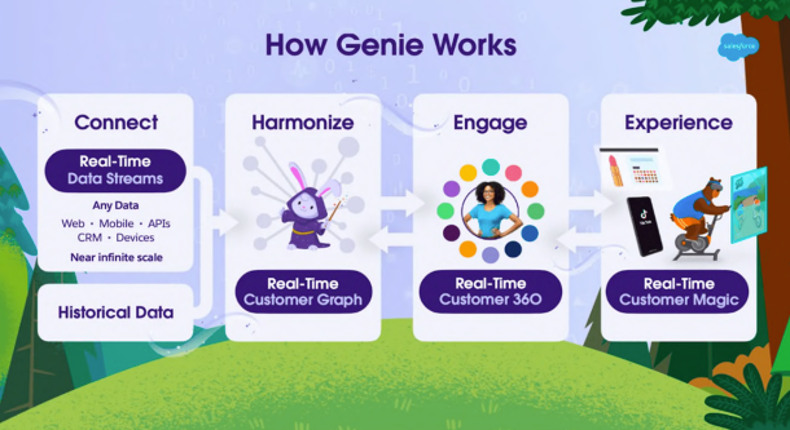
The problem is that real-time has become more of a marketing proof point than a technical concept. That’s what makes verifying claims like these so difficult. When you search the CDP Institute database, more than 25 CDP vendors have some kind of claim to a real-time capability with their technology. So what does this include?
The complaint establishes that the claim of a real-time CDP should process customer data in the tasks advertised in milliseconds, but instead, the complaint states that many of the operations took hours, not seconds. As the official information site presents for Genie, the technology should enable things like data collection, identity matching, and activation into in-the-moment experiences of personalization in milliseconds:
“The first is that it is real-time, which means it collects and unifies data in milliseconds and allows brands to act instantly. The action could be a product offer for something a customer is looking at right now, versus something they already bought last week. Or a service interaction for a problem a customer is having at this very moment. This enables a new level of customer interaction that is very different from what has been possible for brands until now.”
In the official training video for Salesforce, the training staff say that the CDP works on two formats of data: transactional and real-time data. The real-time data could be things like live metrics collected during a workout session, or an in-web browsing session, both of which would be collected and used for real-time activation or customer profile enrichment.
Transactional is the data that is loaded into the CDP at regular intervals, but is delayed by hours or days. Part of Salesforce’s definition of real-time is also the data it collects, which further muddies the waters of what the company means by the concept. Just being able to collect real-time data is not the only claim Salesforce makes, but talking about the types of data it collects is one way to keep the claim of real-time vague enough to make it acceptable.
It’s everywhere; the concept of real-time is one of the most bastardized ideas in the entire industry. Vendors think customers want it, only a very small population of customers actually know what it means, and consultants often sit in the middle, figuring out if it’s really needed or not for the clients they work with. Part of the problem is the use cases.
From the Salesforce Genie developer’s training video:
“You can take action on real-time data as well for example your credit card is lost and somebody is making a lot of fraudulent transactions on your credit card in real-time you can have data Cloud monitor all these real-time transactions and have some metrics on top of them to decide if it is fraudulent.”
A true real-time solution will display the new experience instantaneously and without disruption. The visitor should not even know that he is seeing a unique experience.
Evergage created a real-time personalization guide before the company was acquired by Salesforce and was integrated into what Genie is today, and assuming that Wirth oversaw its creation, you can see how much the company wanted to clearly articulate and defend a proper definition of real-time CDP. In the guide, the main criterion for a real-time CDP is that it can process a variety of tasks in a fraction of a second, so fast that it should be “unnoticeable to the naked eye”; for a fully-fledged real-time CDP, it is required to be able to achieve this kind of speed across all of its main operations:
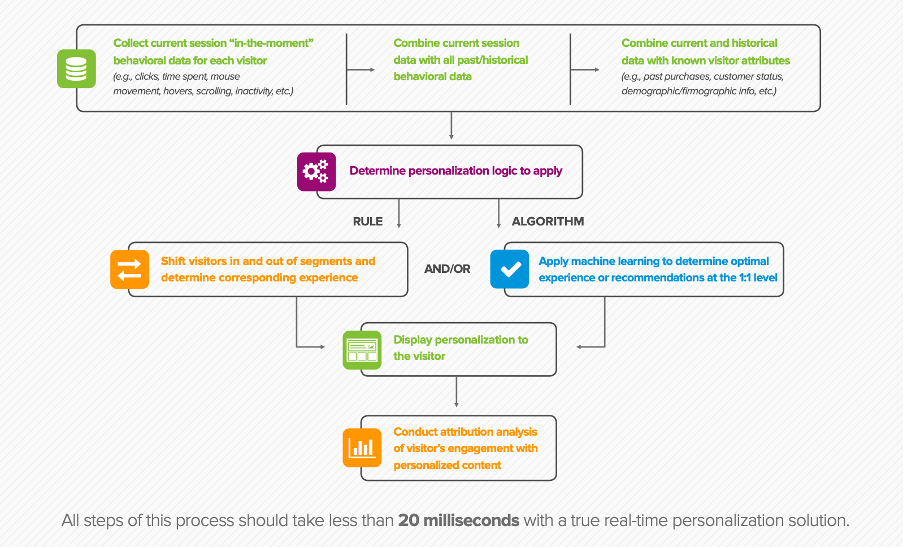
Adobe, one of the companies with the largest market presence for real-time CDP, defines the idea of real-time in similar ways. It must be able to combine a variety of data sources, manage a customer profile, enable insights and audience segmentation tools, and deliver experiences to consumers in real-time across all channels and destinations in under milliseconds. But even its own official product documentation only cites this capability in one instance and says that batch segmentation jobs can still take hours.
Back in 2021, Adobe was the first large enterprise company to announce a real-time product; before then, it wasn’t something people cared about. Today, it matters to businesses, primarily marketers, product teams, and developers that are required to give an experience during an experience, which includes retail, streaming, sports and entertainment, and a wide variety of other industries.
But at what point in the Martech supply chain is real-time important? Is it analytics? Or data activation? Is it a personalization capability? All of these things matter, but they really matter for anything on a website, in an app or streaming on TV. The real “real-time” capability is to deliver an experience to a consumer in under a second, which is no easy feat.
Cloud software provider Suse gives a good definition, real-time must be experienced by the consumer as instantaneous:
“Real-time is a guaranteed level of computer responsiveness within a specified time constraint, usually milliseconds or microseconds, between an event and its response deadline. Real-time describes a human sense of time (rather than machine time) that seems immediate.”
Now let’s look at Salesforce’s claims that Genie is a real-time CDP. This is how they describe the problem Genie’s real-time capabilities are intended to solve:
“Have you ever called a support line and spent unnecessary time talking the agent through your purchase history to get the right level of support? Or when an ecommerce site states the shirts that you have been eyeing for are finally in stock, but they’re still out of stock when you get to the store? These are familiar scenarios for most of us. We expect every experience to be connected and updated in real-time. When they aren’t, we’re disappointed.”
Both examples Salesforce cites; a customer support agent having the right level of information, or the mismatch between an in and out of stock product doesn’t need real-time use cases - that is data collection, processing and activation in under a second. Minutes or hours would do just fine for both.
It appears the CDP team at Salesforce agrees. The complaint alleges even the CDP team at Salesforce was against the idea of building the technology, not because they couldn’t do it, but because they argued that the amount of investment into engineering wouldn’t match what customers actually want out of a CDP or their actual use cases.
But even though Wirth has filed this complaint, he agreed with Salesforce leadership that unlocking real-time capability would bring more value into the CDP division at Salesforce, going so far as to advocate for building the new CDP to operate in real-time, to the strong opposition of their own internal CDP team.
So yes, “real-time” is a marketing concept used to describe the types of data a CDP might collect and the functions of a CDP. But clearly, those things can get fuzzy when talking about a customer’s case study.
It’s not possible to verify now if the claims were true after almost a full twelve months have passed since the announcement. But what’s more important is why Salesforce was allegedly silencing executives and investing big into a capability only the most advanced Martech practitioners could actually want – even with the strong rejection of their own CDP team.
Real-time pressure
Salesforce was late to the CDP party, only really announcing their first steps into the category back in 2020, a full five years after the category really took off. But the priorities are there, despite a shopping spree during COVID-19 and the long tail of acquisitions, Evergage has become the most integrated external product in the Salesforce stack, initially becoming Interaction Studio, and then Personalization Marketing Cloud and now part of the Genie Data Cloud.
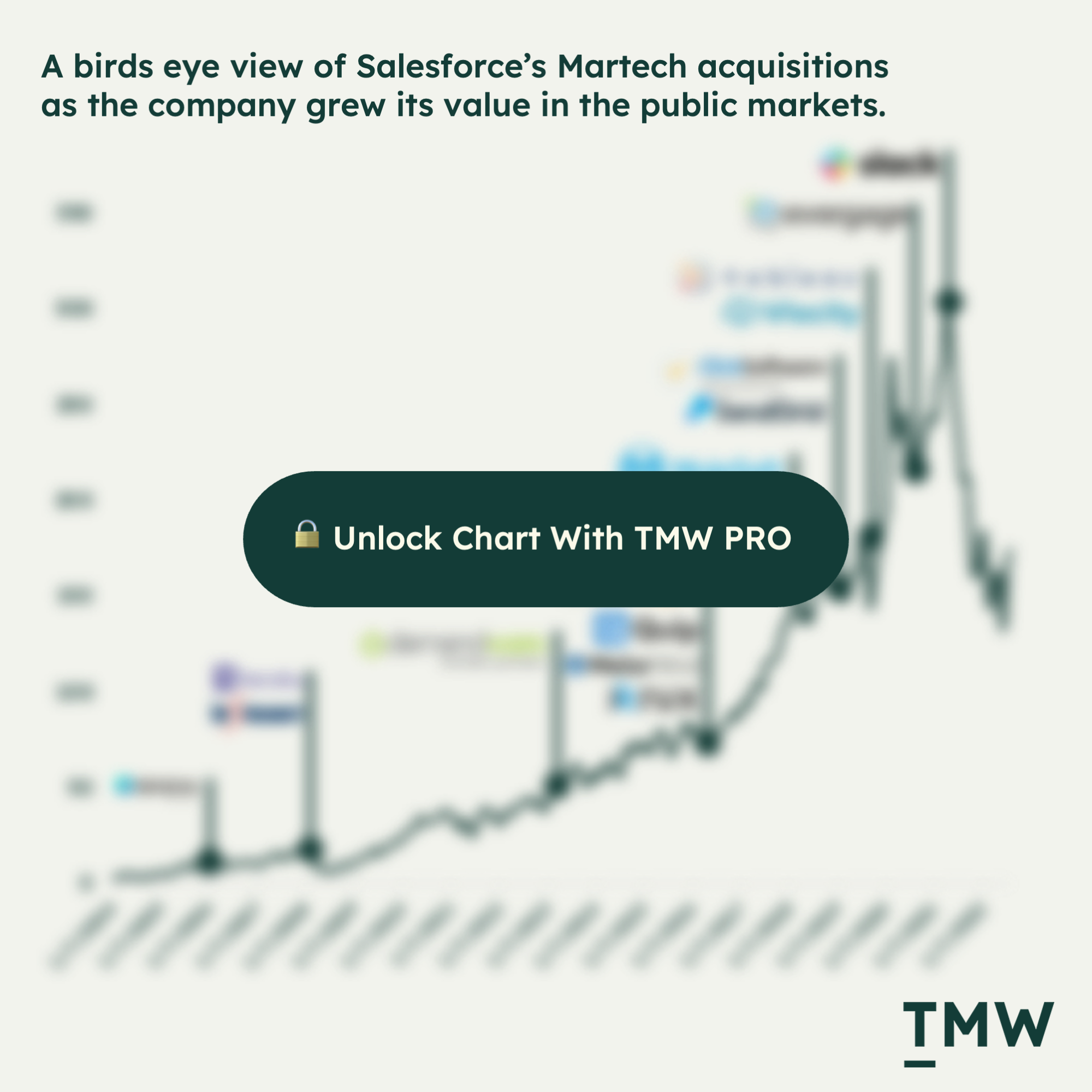
However, Salesforce pushing real-time capabilities out the door are a product of an increasingly competitive (but lucrative) market for CDPs. Billions in funding has been handed to hundreds of upstart CDP companies, and now the amount of new companies, funding and new entrants are slowing, creating a highly competitive space for a technology that can stick with customers for a decade, and where there’s a smaller and smaller number of new customers wanting to use a CDP.
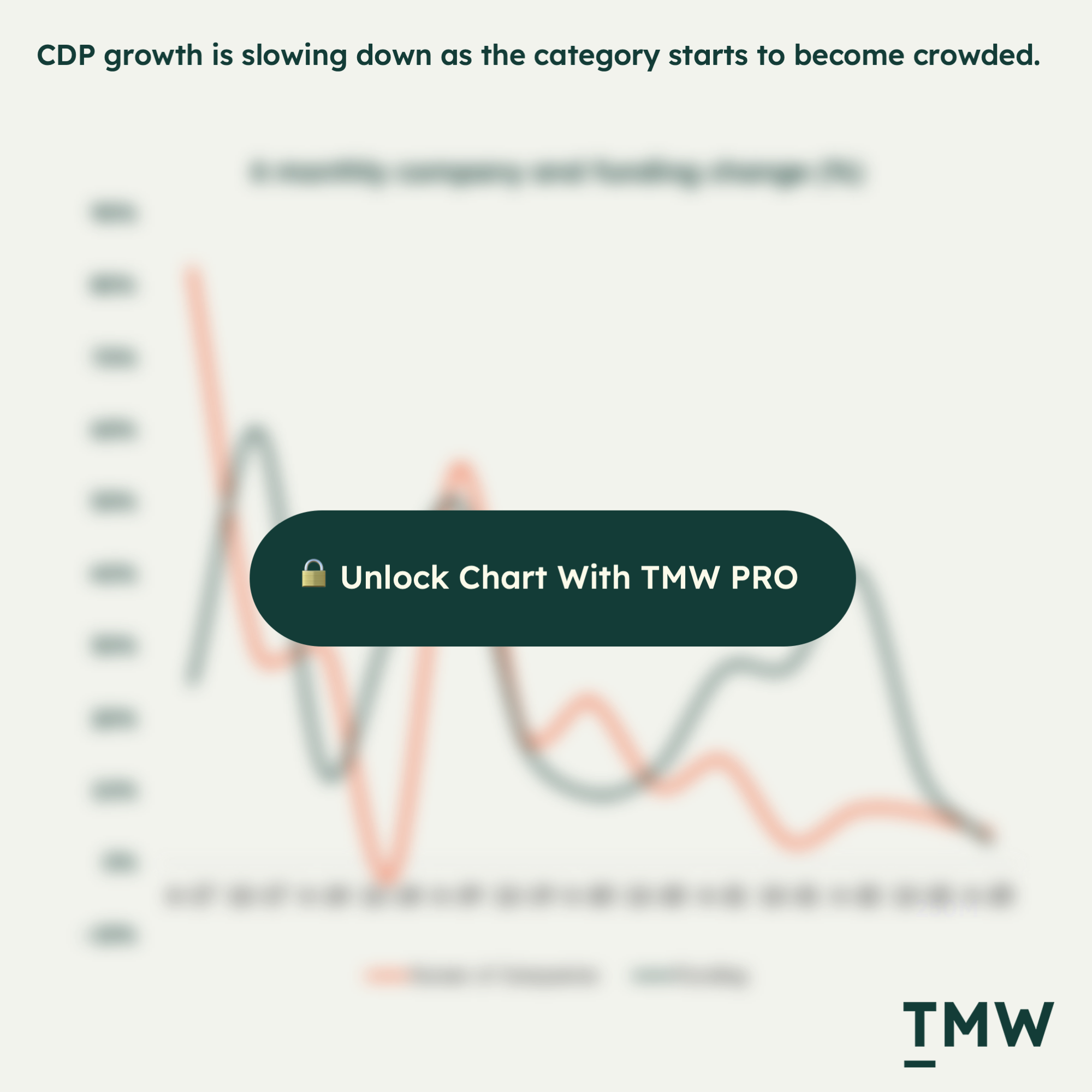
And as competition has been heating up over the years, Twilio acquired Segment when the company launched its CDP product and Adobe announced its own Real-Time CDP product. Even today, Adobe holds the Google snippet for when you search for a definition of a real-time CDP:

So we have two large infrastructure and experience-based enterprise companies both building CDPs, and one of them rolls out their version of real-time; Salesforce must respond to this. You can see where the pressure is: a shrinking CDP market that Salesforce is late to, with an acquired product and a competitor with a built real-time CDP already in the market. You can see what all the rush and hurry was about.
Like what we’ve seen with Web3 and Generative AI, Salesforce is a mastermind at incorporating trends into its portfolio of products and services. Real-time, from the outside, was yet another attempt at trend highjacking and curtailing the influence of competing vendors to win over investor confidence. Once again, what the customer actually wants or needs is irrelevant.
Real-time buzzwords
The bigger problem here is not fraud, lying, or internal bullying in a company such as Salesforce; it’s that our industry is notorious for defining things loosely and is challenged to describe specifically technical realities. And buzzwords, although usually the butt of a joke, are a very real political and market reality for a company like Salesforce. After all, the company does spend a significant amount of its revenue just on marketing and sales.
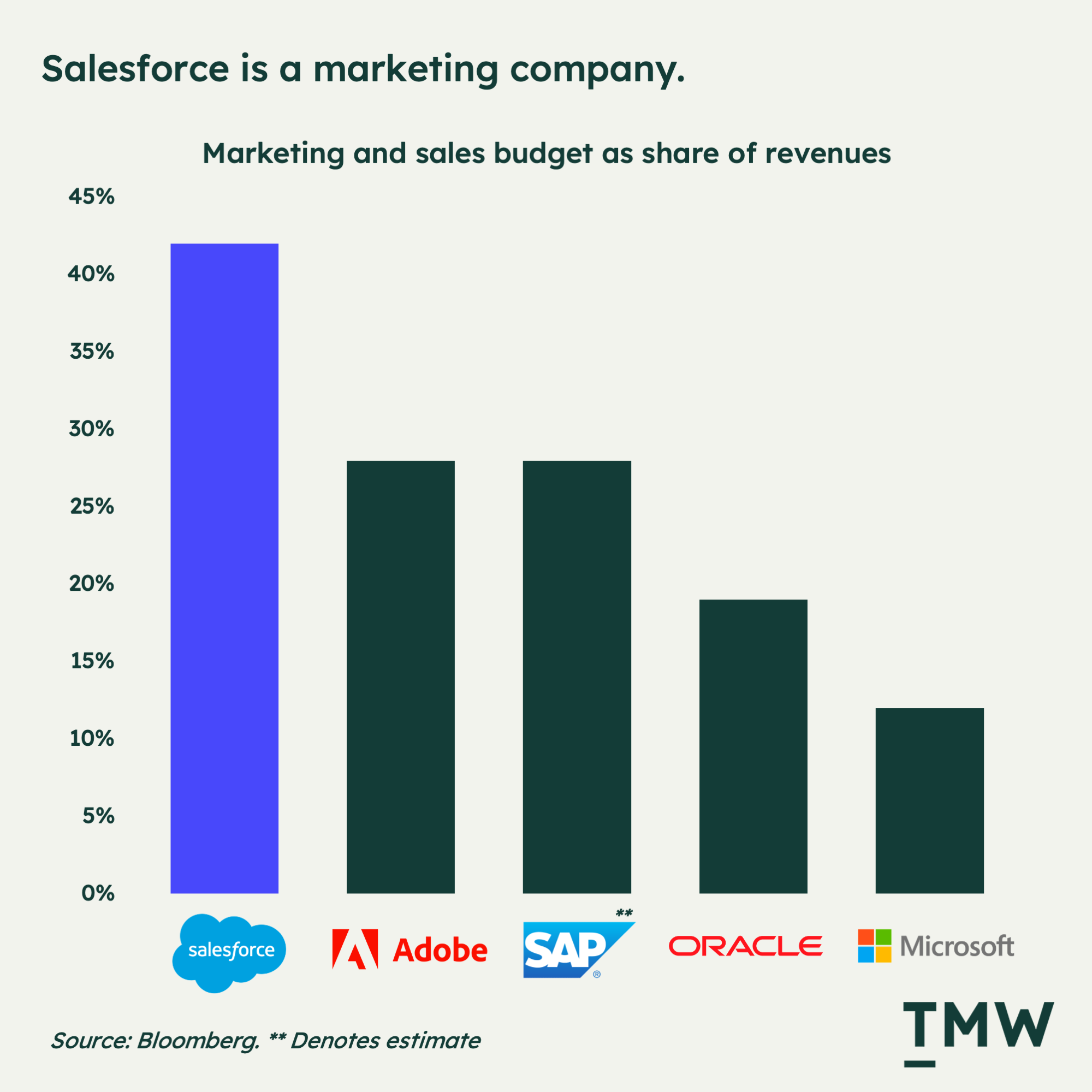
That’s why we have things like omnichannel, data-driven, real-time, and other define-at-your-own-peril concepts. It’s because we’re in a relatively young industry historically. The Martech space is about as old as the internet, but it’s only been a decade since enterprise businesses started adopting Martech, and this means there’s still plenty of time to bring more rigor to the market.
Some vendors even ditch the concept of real-time altogether because of its unclear nature and instead, like Celebrus, opt for what they “live time” data, in what they say is a reflection of being able to collect and activate data at the moment in which a consumer is experiencing something.
Yes, this might be another buzzword, but the difference between live time and real-time is that the processing and activation happen in the sub-second space. In their definition, anything more than a second is not live time.
As of the date of writing, Genie has been rebranded to Data Cloud, not even twelve months after its release and the introduction of a cute new mascot. This proves the point: buzzwords can do significant harm to a Martech firm if used incorrectly.
And in the whistleblower case against the company, there’s a real chance it will be thrown out on the ground of loose definitions for an underlying technology. But if Salesforce is guilty of anything, it’s an obsession with unclear buzzwords and overhyping technology that usually underwhelms its customers.
Stay Curious,
Make sense of marketing technology.
Sign up now to get TMW delivered to your inbox every Sunday evening plus an invite to the slack community.
Want to share something interesting or be featured in The Martech Weekly? Drop me a line at juan@themartechweekly.com.
